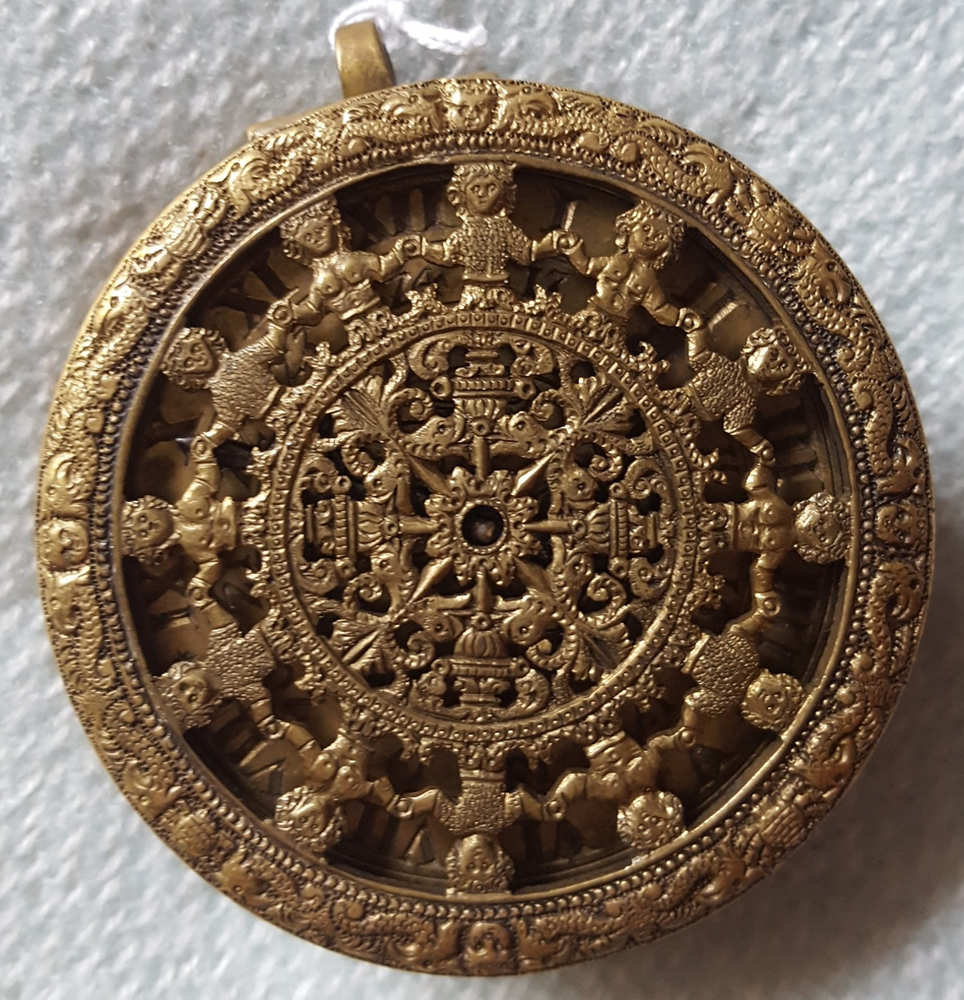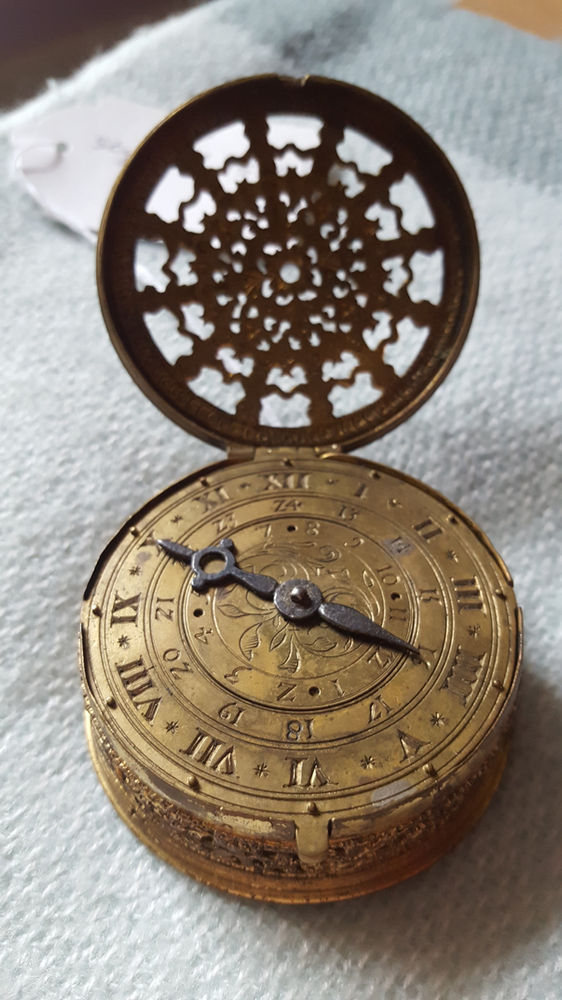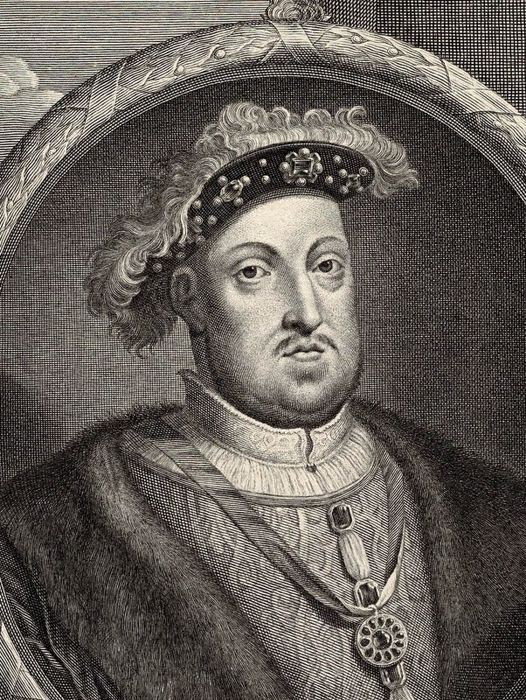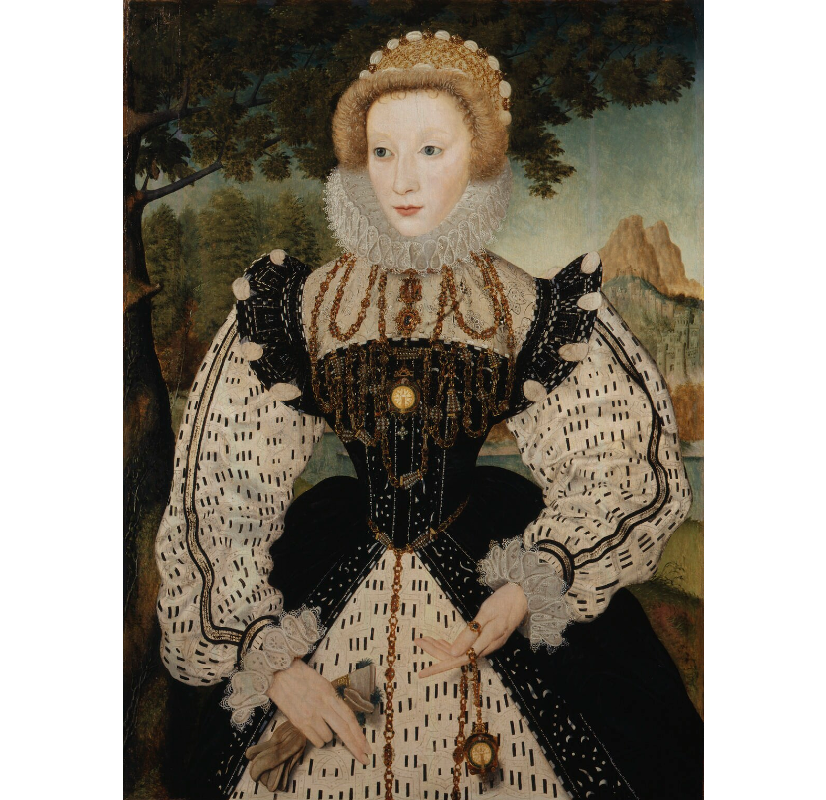
The first watches looked very different to the wristwatches we wear today, and even to the pocket-watches of the seventeenth century.

Originally, they were barrel-shaped or cylindrical to accommodate the n movement of the early sixteenth century ‘clock-watches’. A clockmaker n named Peter Henlein is credited as being the inventor of the watch and n created pomander-shaped clock-watches some time before 1510 (A n pomander was an apple-shaped ball of pierced metal designed to hold n solid perfume). However, these first watches were really just smaller, n portable clocks.
The first wearable watches were drum-shaped. This example from the n collection of the Irish Museum of Time is actually a later copy based on a n German watch of 1560. Because of their shape and the heaviness of the watch, they were designed to be worn at the waist, or possibly around the neck rather than carried.

They were practically useless for the purpose of telling time. They had to be wound twice a day, but even at that they could end up several hours out of time. Most had simply an hour hand, other told time to within the nearest half hour, but they were used primarily as a fashion accessory. Our example has both an hour and a minute hand and can tell the time more accurately as a later clock, but otherwise it is an almost perfect copy of these early watches. Made from gilt-brass, the cover is pierced to allow you to read the time without opening it and has been decorated with twelve small figures (possibly to symbolise the hours of the day) as well as dragons, fish and other sixteenth century decoration.

Due to their newness, they were popular among the very wealthy as a sign of status and wealth, or were given to members of the aristocracy as gifts. Here, Henry VIII can be seen wearing an object which is allegedly a drum-shaped watch. The other portrait shows an extremely wealthy Tudor lady, formerly believed to be Mary Queen of Scots, wearing both a waist and neck-hung early watch.

See this watch and more like it at the Irish Museum of Time, soon to open at Greyfriars.


